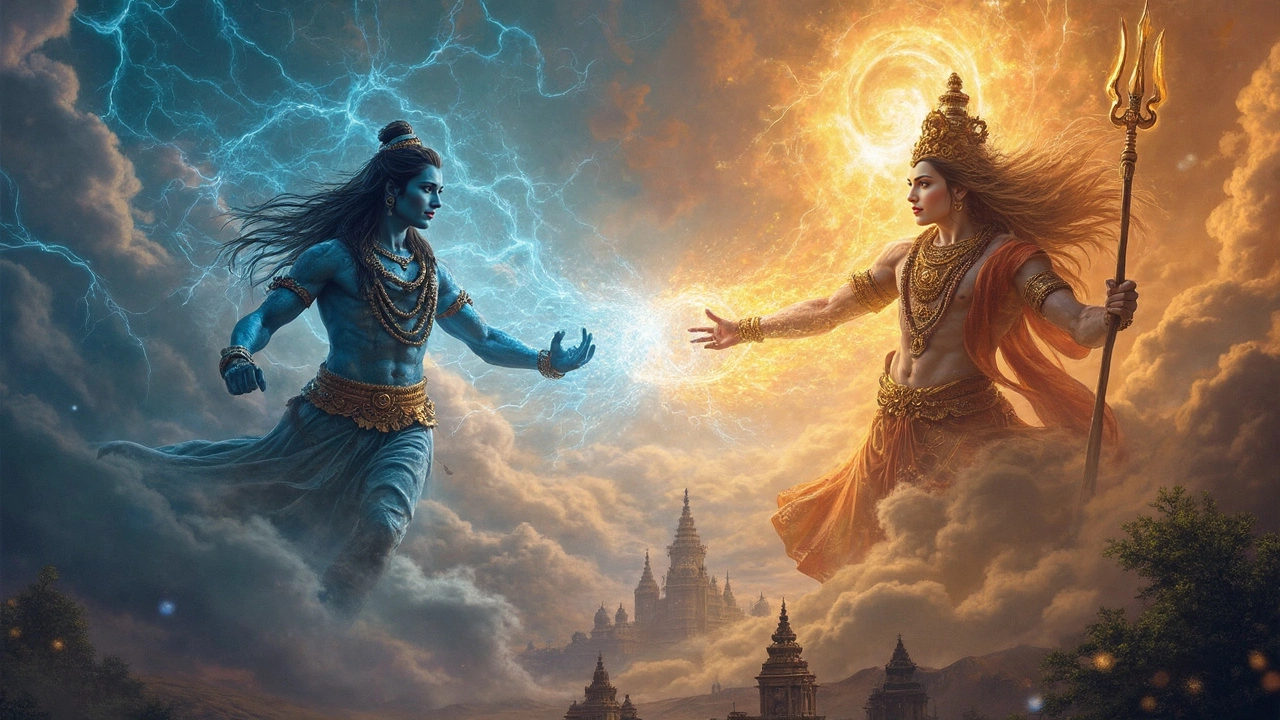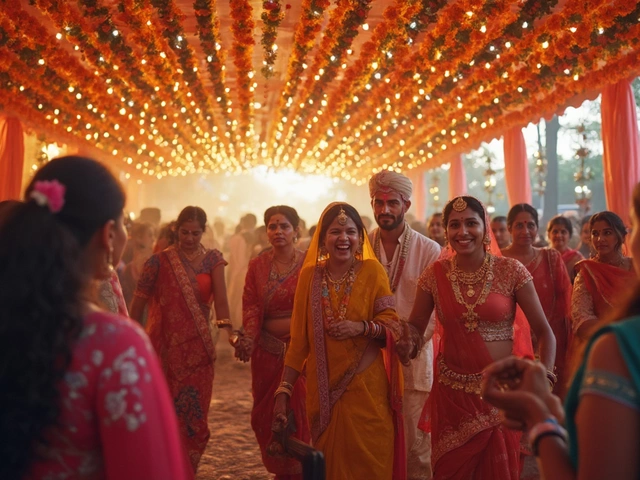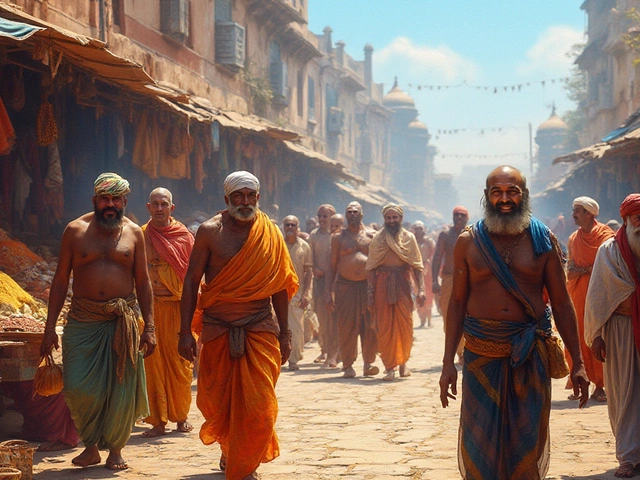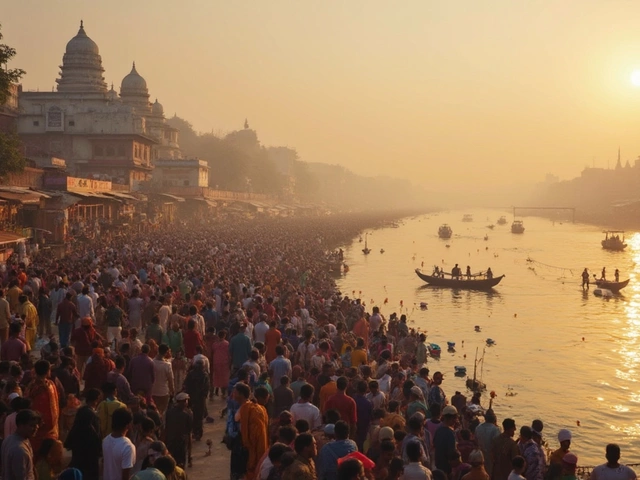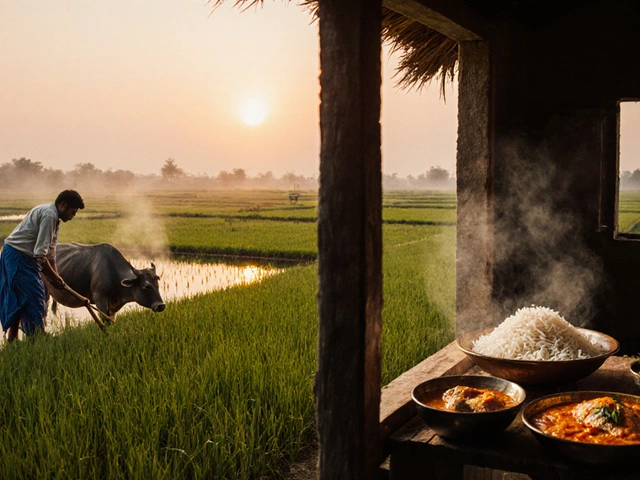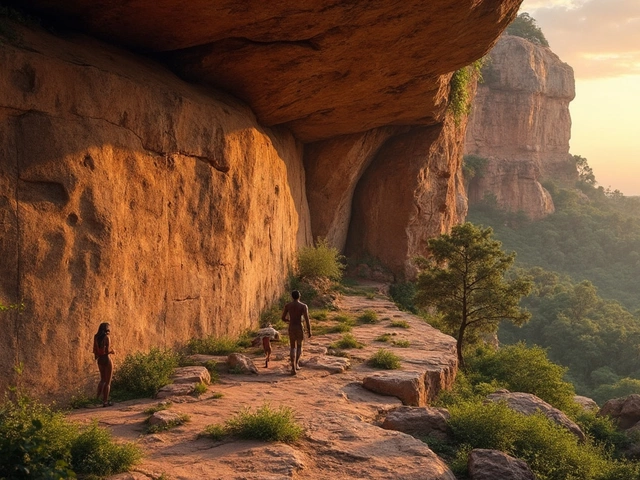Shiva vs Vishnu: Understanding the Two Core Gods of Hinduism
When people talk about the heart of Hinduism, they often point to two names: Shiva, the destroyer and transformer, often depicted with a third eye, trident, and serpent, representing the cycle of endings and rebirth and Vishnu, the preserver, shown with a conch, discus, and lotus, embodying order, protection, and cosmic balance. These aren’t just two gods among many—they’re the twin pillars holding up the spiritual architecture of India. While Shiva dissolves what’s old to make room for the new, Vishnu steps in to restore harmony when the world drifts out of alignment. Together, they form a rhythm: creation, preservation, destruction, and renewal—a cycle you’ll see echoed in everything from temple rituals to daily prayers.
People often ask: Is one more powerful than the other? The truth is, they don’t compete. In the Trimurti, the threefold divine form that includes Brahma the creator, Vishnu the preserver, and Shiva the destroyer, each role is essential. Without Shiva’s destruction, nothing new could grow. Without Vishnu’s preservation, chaos would win. You’ll find this balance in Indian art, music, and even festivals. For example, Shiva’s Nataraja dance captures cosmic rhythm, while Vishnu’s avatars like Krishna and Rama show divine intervention in human affairs. In the south, Shiva temples like Meenakshi in Madurai pulse with intense devotion. In the north, Vishnu’s incarnations are sung in bhajans and celebrated in Diwali and Rama Navami. Neither god is ‘better’—they’re two sides of the same coin, each answering a different need of the soul.
What you’ll find in the posts below isn’t a debate about who’s stronger. It’s a look at how these two deities shape Indian life—from the way people dress at temples to how festivals are timed, from the music that rises in prayer to the stories passed down for generations. You’ll see how Shiva’s ascetic energy and Vishnu’s protective grace show up in everyday rituals, art forms, and even modern spiritual practices. Whether you’re curious about why some wear rudraksha beads or why others carry a chakra symbol, the answers lie in this ancient, living dialogue between destruction and preservation.
